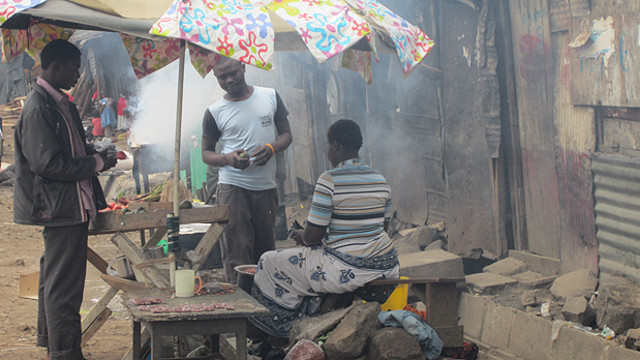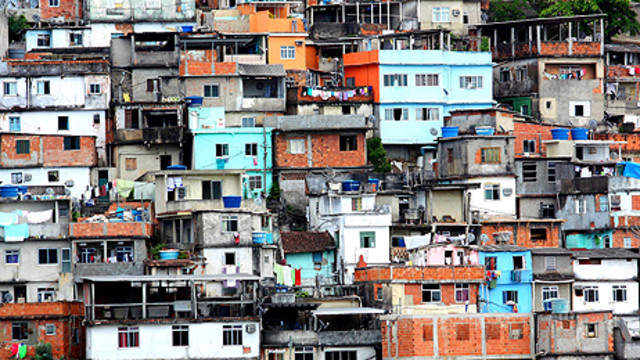How the urban poor define and measure food insecurity
There is growing interest in food consumption and its links to urbanisation but the views of the real experts, the urban poor, do not get the attention they deserve. IIED and the Asian Coalition for Housing Rights are asking poor women in cities in Cambodia and Nepal about the challenges of putting food on the table.

As urban centres grow rapidly, inadequate housing and the lack of basic infrastructure and services affect a large and growing share of their population. The urban poor are also usually disproportionately vulnerable to environmental hazards.
But there is limited understanding of how these challenges – in combination with income poverty, time poverty and space poverty –shape food and nutrition (in)security. Local governments in low-income urban centres with rapidly growing populations typically lack accurate data on food security and nutrition.
What is IIED doing?
IIED is working with the Asian Coalition for Housing Rights (ACHR) to ask women-led grassroots communities in cities and towns in Cambodia and Nepal about the challenges they face in putting food on the table, their strategies to overcome them, and what initiatives and policies have proved to be helpful.
At an initial regional workshop held in December 2017, community leaders agreed on a number of exploratory questions:
- How do the urban poor define food security? What do they eat, and what constitutes a good meal? How much is enough, not enough, and what is a good quality/healthy meal? What are the constraints to eating well? How does the social value of food build community?
- Is there a 'poverty penalty' in food prices – do the poor pay more per unit than middle income and wealthier consumers?
- What is the contribution of food vendors to the food security and nutrition of the urban poor?
- How does urban planning affect access to food and its utilisation?
- How do people manage to feed themselves during ongoing crises (conflict, floods and so on) and disasters (earthquake)?
- What initiatives and policies have proved to be successful in the views of the urban poor (rather than in those of outside experts)?
The first project phase launched in early 2018. IIED supported ACHR to host meetings in Kathmandu and Phnom Penh, asking leaders of organised urban community groups to define their experiences of food insecurity.
We will continue our partnership with ACHR, exploring how disenfranchised urban communities in Cambodia and Nepal's smaller towns characterise food insecurity. We will also investigate urban planning and street food affect consumption. We will explore urban communities' own solutions to food insecurity, including initiatives like community vegetable gardens and communal kitchens.
We will bring grassroots groups and other participants together to share learning at city, national and regional level, before taking their evidence to policymakers.
News and updates
Additional resources
Food (In)Security in Rapidly Urbanising, Low-Income Contexts, Cecilia Tacoli (2017), International Journal of Environmental Research and Public Health, special issue on Social Determinants of Health Inequities and Prevention
How urban poor community leaders define and measure poverty, Somsook Boonyabancha, Thomas Kerr (2015), Environment & Urbanization
Newsletter of the Asian Coalition for Housing Rights: special issue on how poor people set their own poverty lines, Asian Coalition for Housing Rights (2014), Report





